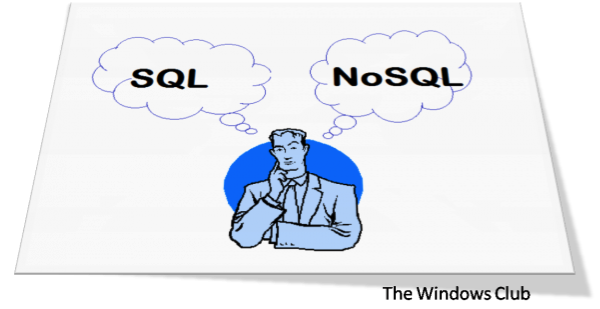
What Are These Databases?
With the rapid growth of the ever-expanding universe of AI technologies, a number of tools were designed to tackle various tasks, from data analysis to content creation and beyond. This explosion of tools makes finding a perfect solution for your needs sound like an exhausting and lengthy task. Navigating this landscape can be overwhelming, this is where AI tool databases come in. These libraries of a kind serve as centralised repositories created to help users find the right AI solution for their specific needs. In this post, I’ll explore some popular options that I have had an experience with and share why “There’s An AI For That” (TAAFT) is my personal favourite.
The Options and What They Offer
1. TopAI.Tools. Established in 2019 and with a current database of 5,110+ tools, TopAI.Tools’ main focus is on displaying various AI tools tagged based on area of expertise and value. I found the offered interface to be rather user-friendly but the platform primarily centres on presenting a list of tools and lacks more extensive smart search functionalities, description and information on each tool.
2. FutureTools.io. Launched in 2020, FutureTools.io currently offers a database of 2,323 tools. It focuses on organising AI tools into categories, provides basic descriptions as well as information on pricing models and shows user ratings. However, it falls short of offering detailed search features.
3. Phygital Plus Library. In existence since 2021, this platform is limited in scope, with only 1,600+ tools, and mainly focuses on AI tools related to digital and physical products. It doesn’t offer as much information or user reviews compared to others but has an extensive search filtering feature.
4. There’s An AI For That (TAAFT). Founded in 2018, TAAFT boasts the most comprehensive database of over 8,831 AIs available for more than 2,311 tasks. It also has a smart AI search functionality that allows users to find the best AI tools for any use case quite effortlessly.
The Winner
As I mentioned previously, There’s An AI For That is my absolute favourite, and let me tell you why:
1. Comprehensive Database: With a huge database of almost 9,000 tools, TAAFT has the most extensive list of AI tools, making it a one-stop shop for all your AI needs.
2. Smart Search: The platform’s smart search functionality is a game-changer. It allows the users to filter in the best possible way and find the most suitable tools quickly.
3. User-Friendliness: TAAFT’s interface is the most intuitive which makes it incredibly easy to navigate through a plethora of options.
Conclusion
Navigating through the world of AI tools can be daunting but databases like the above make the journey much more enjoyable and easy. While each of these databases has its benefits, “There’s An AI For That” definitely stands out. I hope my personal recommendation will serve as a useful guide in your own AI journey! Time to explore!
Feel free to share your thoughts and experiences with these AI tool databases in the comments section below!
References
1. There’s An AI For That. https://theresanaiforthat.com/
2. TopAI.Tools. https://topai.tools/
3. FutureTools.io. https://www.futuretools.io/
4. Phygital Plus Library. https://library.phygital.plus/


